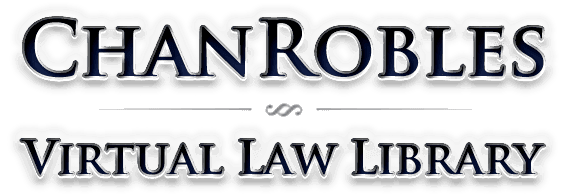46 C.F.R. § 56.30-5 Welded joints.
Title 46 - Shipping
(a) General. Welded joints may be used for materials for which welding procedures, welders, and welding machine operators have been qualified in accordance with part 57 of this subchapter. (b) Butt welds—general. Butt welds may be made with or without backing or insert rings within the limitations established in §56.70–15. When the use of backing rings will result in undesirable conditions such as severe stress concentrations, corrosion or erosion, then: (1) The backing rings shall be removed and the inside of the joint ground smooth, or (2) The joint shall be welded without backing rings, or (3) Consumable insert rings must be used. Commonly used types of butt welding end preparations are shown in ANSI B16.25. (4) Restrictions as to the use of backing rings appear for the low temperature piping systems and should be checked when designing for these systems. (c) Socket welds (Modifies 127.3.3A.). (1) Socket welds must conform to ANSI B16.11, applicable standards listed in Table 56.60–1(b) of this part, and Figure 127.4.4C in ANSI B31.1 as modified by §56.30–10(b)(4) of this part. A gap of approximately one-sixteenth inch between the end of the pipe and the bottom of the socket must be provided before welding. This may best be provided by bottoming the pipe and backing off slightly before tacking. (2) Socket welds must not be used where severe erosion or crevice corrosion is expected to occur. Restrictions on the use of socket welds appear in §56.70–15(d)(3) of this part for Class I service and in §56.50–105 of this part for low temperature service. These sections should be checked when designing for these systems. See §56.70–15(d)(4) of this part for Class II service. (3) (Reproduces 111.3.4.) Drains and bypasses may be attached to a valve of fitting by socket welding provided the socket depth, bore diameter, and shoulder thickness conform to ANSI B16.11. (d) Fillet welds. Fillet welds may vary from convex to concave. The size of a fillet weld is determined as shown in Figure 127.4.4A of ANSI B31.1. Fillet weld details for socket-welding components must meet §56.30–5(c) of this part. Fillet weld details for flanges must meet §56.30–10 of this part. See also §56.70–15(d)(3) and (d)(4) of this part for applications of fillet welds. (e) Seal welds. Seal welds may be used but shall not be considered as contributing any strength to the joint. [CGFR 68–82, 33 FR 18843, Dec. 18, 1968, as amended by CGFR 69–127, 35 FR 9978, June 17, 1970; CGD 77–140, 54 FR 40605, Oct. 2, 1989; CGD 95–012, 60 FR 48050, Sept. 18, 1995]
Title 46: Shipping
PART 56—PIPING SYSTEMS AND APPURTENANCES
Subpart 56.30—Selection and Limitations of Piping Joints
§ 56.30-5 Welded joints.


